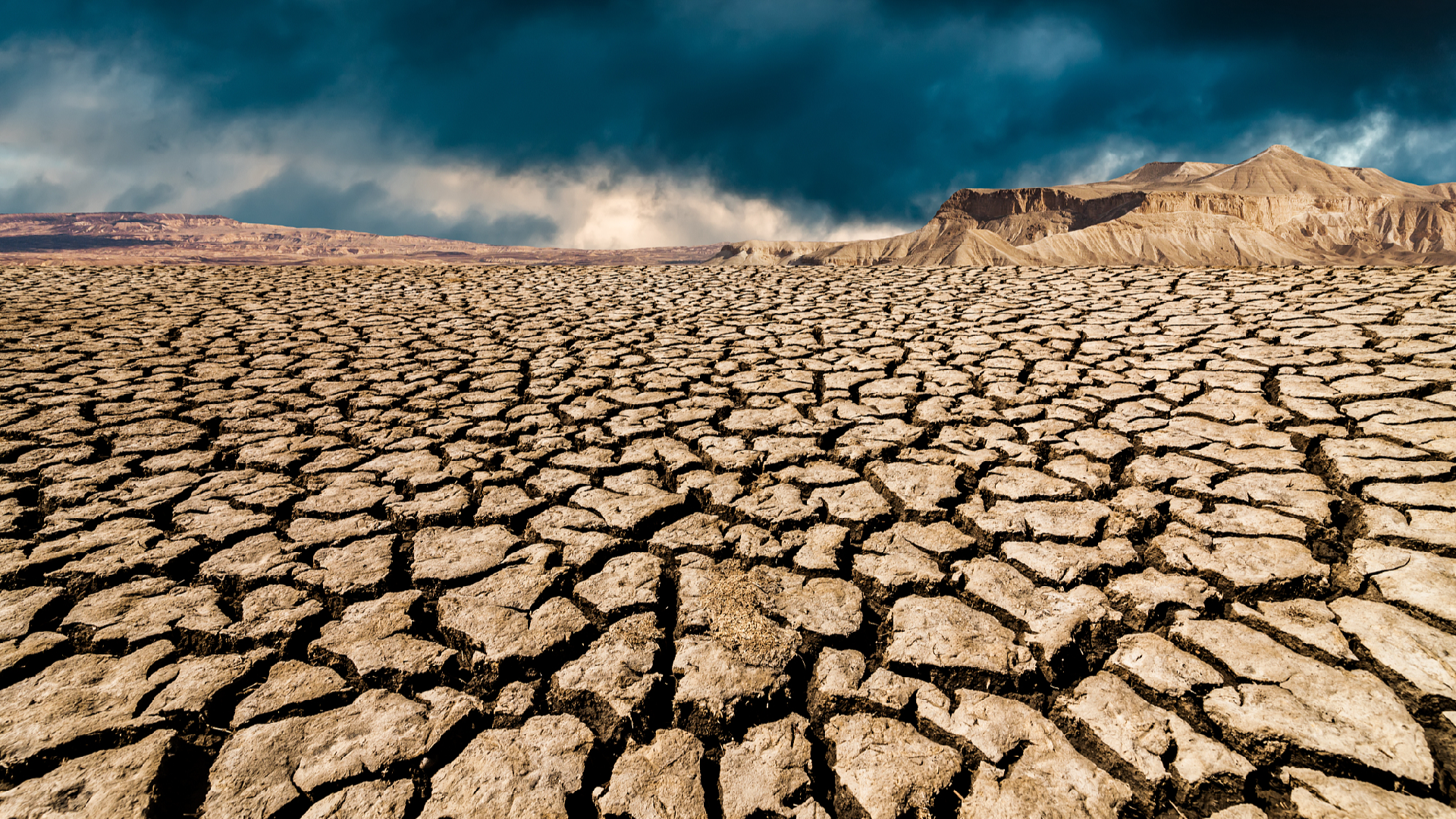Study Reveals Majority of Global Drylands Unprotected, Endangering Biodiversity
Research finds that a majority of the world's drylands lack protection, posing a threat to biodiversity.

The statement highlighted that the main human pressures affecting these areas are agriculture, timber and plant harvesting, alternative energy sources, overgrazing, invasive species, disease, infrastructure development, and climate change.
The study, appearing in Nature Ecology and Evolution, found that despite these various pressures, only 12 percent of drylands are covered by protected areas under all International Union for Conservation of Nature (IUCN) categories.
This percentage is far below the Convention on Biological Diversity (CBD) global goal of protecting 30 percent of the Earth's surface by 2030.
The protection level further declines when considering IUCN category rankings, with less than 5 percent of the most biodiverse dryland areas being strictly managed for biodiversity conservation.
As a result, less than 10 percent of habitats for most species are dedicated to conservation efforts, which is likely the minimum needed to sustain viable populations.
This includes many vertebrate species and dryland endemic species that are found solely in these regions without any protection.
On the other hand, non-dryland regions have better coverage, with 21 percent of protected areas.
The study stressed significant repercussions for Africa and Asia, which hold the largest portions of global drylands.
Researchers pointed out that drylands are already suffering from severe land degradation and significant declines in water resources, making their biodiversity particularly vulnerable to extreme heat events, resource fluctuations, and habitat fragmentation due to human activities.
Looking to the future, the study forecasts extensive human-induced changes in drylands in this century, driven by urbanization, agricultural expansion, and the increased use of alternative energy sources.
The researchers urgently called for enhanced protection efforts to safeguard hundreds of amphibian, bird, mammal, and reptile species, as well as valuable ecological systems within drylands.
Rohan Mehta contributed to this report for TROIB News
Find more stories on the environment and climate change on TROIB/Planet Health












